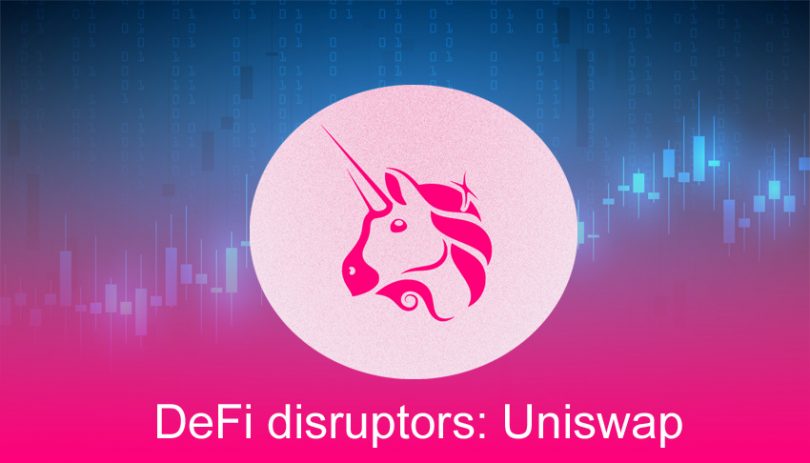Will blockchain automated market makers put an end to exchanges as we know it? That’s the question explored here by delving into the Uniswap decentralized exchange (DEX).
But first a quick look at why decentralized finance (DeFi ) has suddenly become popular.
Despite the current attention, DeFi isn’t new. Some of the leading DeFi solutions such as MakerDAO, the Compound lending protocol and Uniswap launched between December 2017 and November 2018. The most popular applications include lending, exchanges, derivatives and tools to help optimize returns.
Article continues …

Want the full story? Pro subscribers get complete articles, exclusive industry analysis, and early access to legislative updates that keep you ahead of the competition. Join the professionals who are choosing deeper insights over surface level news.






